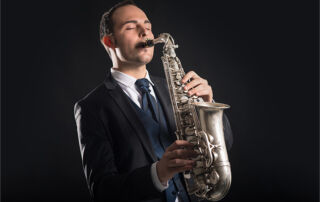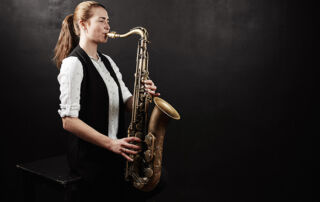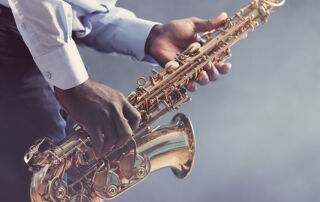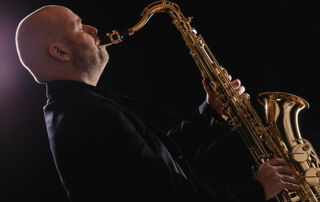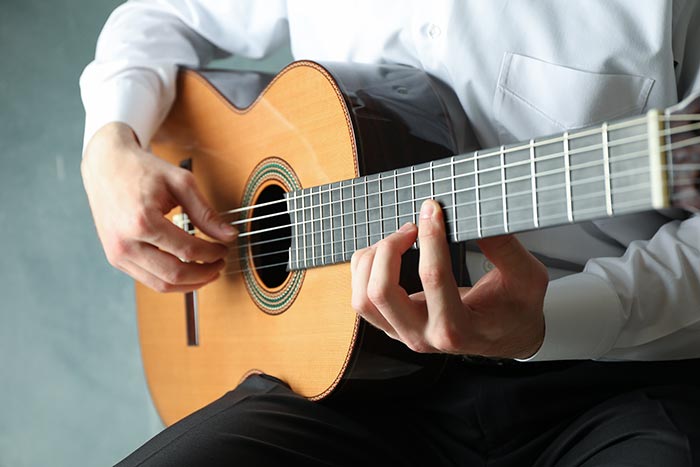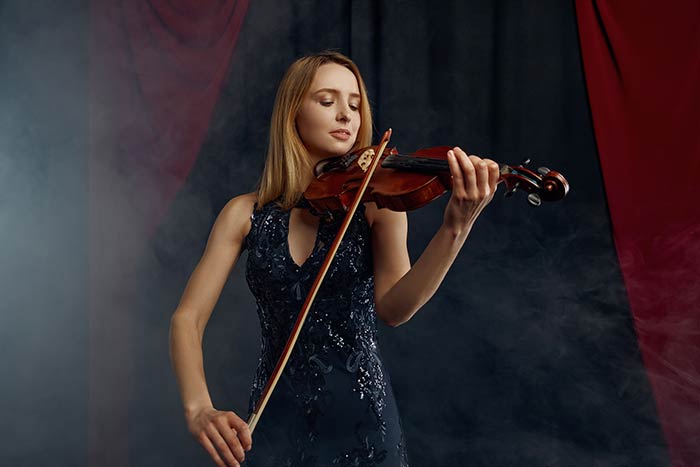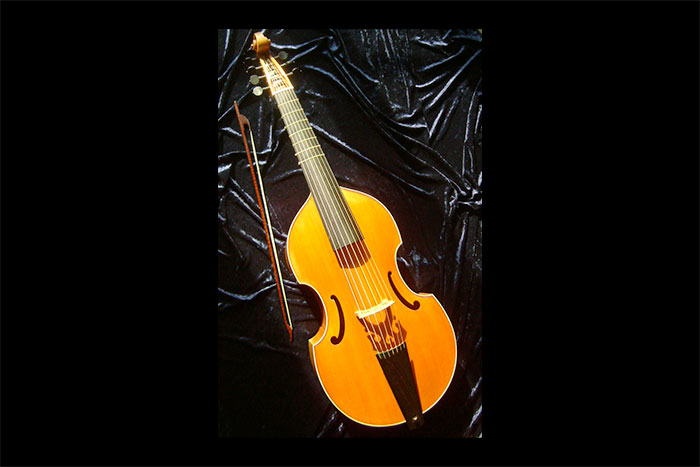The cello originated from the rebec (a small instrument from the Middle Ages) and then, in the 16th century, from the bass violin, which was larger than the cello. The size of this instrument underwent changes and gradually became larger, making it unplayable for the left hand as the finger spacing was no longer suitable.
The bass violin originally had three strings, and a fourth string was added to it in 1550. The shape, the tuning in fifths, and the size of the cello were definitively established by Andrea Amati (a luthier in Cremona in 1550).
The first official mention where the term "violoncello" appears is in the "Dodici sonate a duo e a tre" Op. 4 by Giulio Cesare Arresti, a composer from Bologna.
The birth of the cello did not immediately guarantee it a reputation. The cello remained relatively discreet in the 17th and 18th centuries. Some composers like Henry Purcell, Marin Marais, or François Couperin did not become accustomed to this instrument and clearly specified in their works that they were intended for "the bass viol" and not for the cello.
But by the end of the 18th century, the bass viol was definitively supplanted by the cello.
The cello was initially confined to the role of providing bass continuo, supporting the harpsichord.
Some composers, such as Antonio Vivaldi and Luigi Boccherini, endowed this instrument with numerous concertos. Virtuosity began in the 18th century, with cellists becoming virtuosos and eager to make it known.
The Romantic period is a very significant moment in the technique of the cello, with many treatises and methods written by cellist-composers such as David Popper, Jean-Louis Duport, Friedrich Dotzauer, and others.
In the 20th century, it gained significant importance in chamber music in France thanks to composers such as Maurice Ravel, Gabriel Fauré, and Claude Debussy.
There are several sizes of cello, increasing in size according to the musician's size: sixteenth, eighth, quarter, half, three-quarters, seven-eighths, and full (there are also full-size cellos of different sizes). Current instruments have a body length ranging from 74 cm for the smallest to 76.5 cm for the largest.

The endpin, a piece of metal (sometimes turned wood or carbon fiber), was added in the mid-19th century by the cellist Auguste-Joseph Franchomme because the Baroque cello did not have one.
This piece slides inside the instrument to adjust the cello's height according to the musician's size and comfort, and then it is placed on the floor with the help of a metal tip at its end. It is either placed directly on the floor or on a wooden board, Plexiglas, etc. With the increasing complexity of left-hand technique, the endpin became necessary to achieve greater stability of the instrument.
The use of the endpin was popularised by the Belgian cellist Adrien-François Servais and the luthier from Lille, Joseph Hel, who contributed to its creation.
Paul Tortelier, a renowned cellist of the 20th century, created an endpin with an almost right-angle design, allowing the instrument to be raised even closer to the horizontal position.
A cello is typically made from spruce and figured maple.
The resonating body consists of a top and a curved back. Both parts are connected by ribs and are notched in the middle with C-shaped cutouts, allowing the bow to play on the extreme strings, C and A.
The cello has 4 strings tuned in fifths: C (the lowest), G, D, and A. They were previously made from gut but are now commonly made of steel. There are three tensions available: low, medium, and high. The colored winding at the end of a string helps identify the manufacturer, model, and tension of the string.
Gut strings produce a richer and warmer sound but are more challenging to keep in tune as they are highly sensitive to humidity.

The bridge (an ebony wooden piece) is located between the strings and the soundboard. It serves to transmit the vibrational waves from the strings to the soundboard. The soundboard then amplifies the generated sound wave.
The bridge also serves to maintain the spacing between the strings and keep them at the correct height relative to it.
The f-holes are two holes carved into the cello's soundboard, allowing the instrument's sound to project. They are symmetrically positioned on either side of the central axis formed by the strings. Their shape is either in the form of an F or an S.
The tailpiece is a piece made of plastic, ebony, boxwood, or rosewood that holds the strings and includes fine tuners to adjust the tuning of the 4 strings. It is attached to the endpin of the instrument (under the cello) with a tailpiece tailgut made of Kevlar, nylon, or metal.
Originally, it was made from gut, and fine tuners did not yet exist. The tuning of the instrument was done using the pegs located at the head of the instrument (the scroll).
The soundpost is a small cylindrical piece of wood inserted into the instrument's body, enhancing the sound amplification. It is precisely positioned under the foot of the bridge, on the side of the A string.
It transmits the vibrations from the soundboard to the bottom of the cello.
Its placement and adjustment require great precision down to the millimeter.

The cello is played with a bow that rubs against the strings, hence the term "bowed string instrument," but it can also be played pizzicato, which means with the fingers of the right hand.
A bow is a wooden stick with a horsehair ribbon attached to it. Its name comes from its resemblance to a bow (it was once shaped like a bow).
The friction of the horsehair on the strings creates a vibration, a sound amplified by the cello's soundbox.
The bow consists of several parts: the stick, the horsehair, the frog (which provides tension to the horsehair using a button), a head plate (protecting the bow's head from impact), and a small piece called the "slide" inserted into the frog, concealing the horsehair inside it.
The cello is an instrument primarily associated with Western classical music but is also used in the traditional music of Italy and North Africa, in tango orchestras, in metal music (Apocalyptica) and in pop/rock music (2 cellos).
The legends of this instrument are: Pablo Casals, Mstislav Rostropovicth, Jacqueline du Pré, Maurice Maréchal, Anner Bylsma, Adrien-François Servais…

